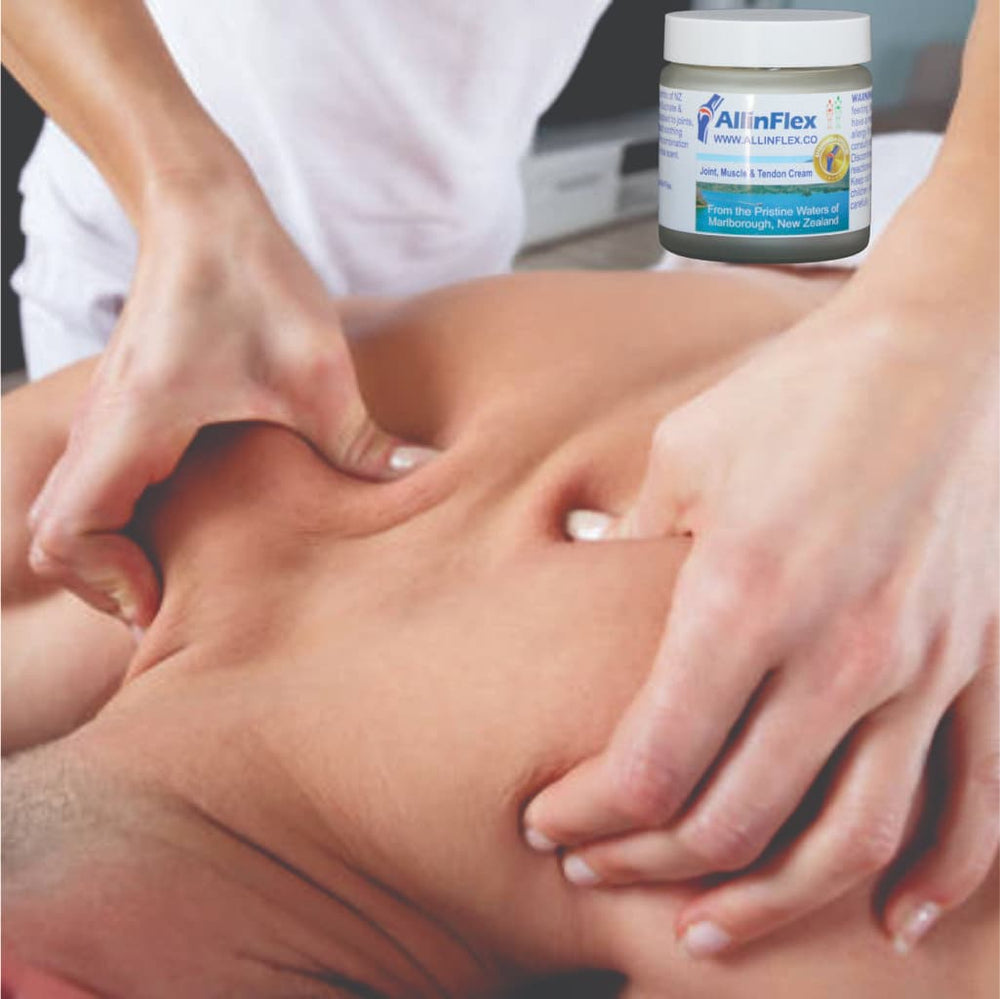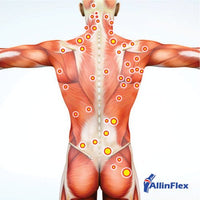Muscles have four functions in the human body
A muscle is a type of tissue found in the human body that has the ability to contract, produce movement and generate force.
Muscles are responsible for various functions:
- muscles allows us to move our body parts
- muscles provide stability to our joints
- muscles help us to maintain posture
- muscles generate heat
Muscles are composed of long, slender cells called muscle fibres. These fibres are bundled together into groups called fascicles, which are then organised into larger structures known as muscles. Each muscle is surrounded by connective tissue that provides support and help transmit force.
Muscles work by contracting and relaxing.

When a muscle contracts, its fibres shorten and generate tension, which allows movement to occur. When a muscles relaxes, it returns to its original length. By working together in coordinated fashion, muscles enable us to perform a wide range of movements and activities.
There are 3 main type of muscles in our body: skeletal muscles, smooth muscles, and cardiac muscles.
- Skeletal muscles: These are attached to the bones and are responsible for voluntary movements, such as walking, running, and lifting objects. Skeletal muscles are under conscious control and are typically attached to bones and joints via tendons.
- Smooth muscles: Found in the walls of organs, blood vessels, and other internal structures. Smooth muscles are responsible for involuntary movements, such as those involved in digestion and blood circulation. They are not under conscious control.
- Cardiac muscles: These muscles are found only in the heart and are responsible for pumping blood throughout the body. Like smooth muscles, cardiac muscles are involuntary.
It must be clear that muscles play a crucial role in the functioning of the human body.
Muscles are integral to our daily movements, overall health, and physiological processes. Additional functions of muscles are:

Muscles enable voluntary and involuntary movements.
Skeletal muscles, under conscious control, allow us to walk, run, jump, grabobjects, and perform various physical activities. Smooth muscles, found in organs and blood vessels, contribute to processes such as digestion, blood circulation, and peristalsis (movement of food through the digestive tract). Cardiac muscles contract to pump blood throughout the body.
Muscles work together to maintain posture and stability.
They support the skeleton and help keep the body upright against the force of gravity. Muscles in the back, abdomen, and lower limps for example, are essential for maintaining an upright posture while sitting or standing.
Muscles are a major contributors to body heat production.
When muscles contract and relax, they generate heat, which helps regulate body temperature. This is particularly important during physical exertion or in cold environments, as the heat produced by the muscles helps to keep the body warm.
Muscles provide protection and support to internal organs and structures.
For example, the abdominal muscles help protect the organs within the abdominal cavity, while muscles surrounding the spine provide support and stability to the vertical column.
Muscles play a role in regulating metabolism.
They are highly metabolically active tissues that require energy in the form of ATP (adenosine triphosphate) to contract. The metabolic activity of muscles contributes to overall energy expenditure and can impact body weight and composition.
Skeletal muscles play an important role in regulating blood glucose level.
They can take up glucose from the bloodstream and store as glycogen, serving as a storage depot for glucose when it's not immediately needed. During exercise or periods of increased energy demand, muscles break down glycogen to release glucose to provide energy.
Muscles involved in respiration, such as the diaphragm and intercostal muscles, facilitate breathing by expanding and contracting the chest cavity.
These muscle contractions create changes in pressure that allow air to be drawn into the lungs and expelled when breathing out.



